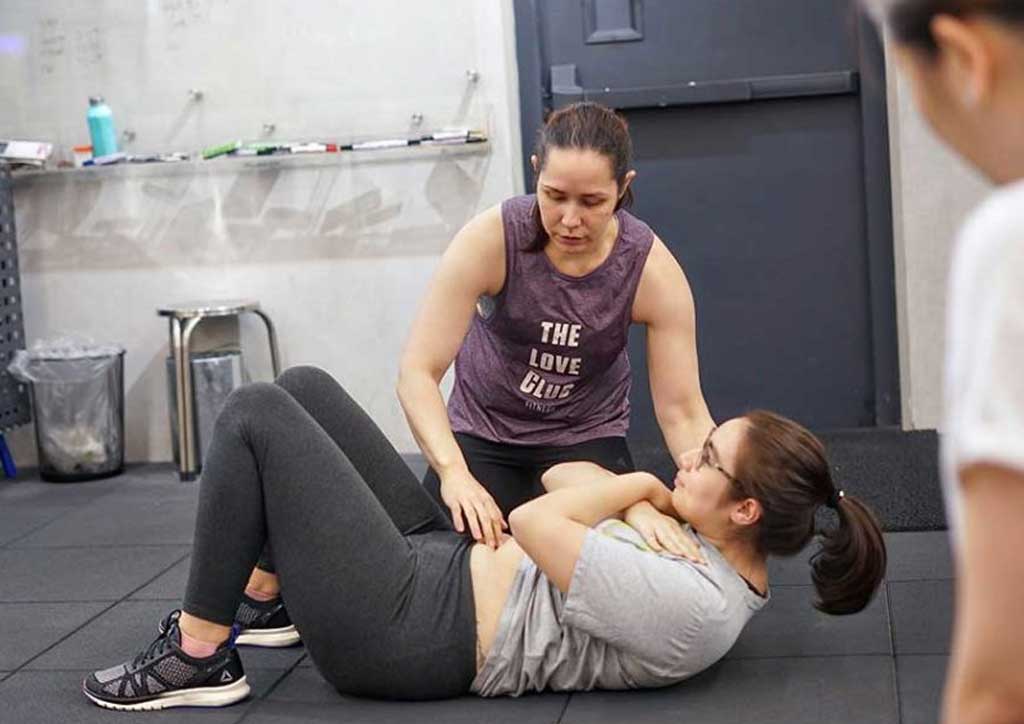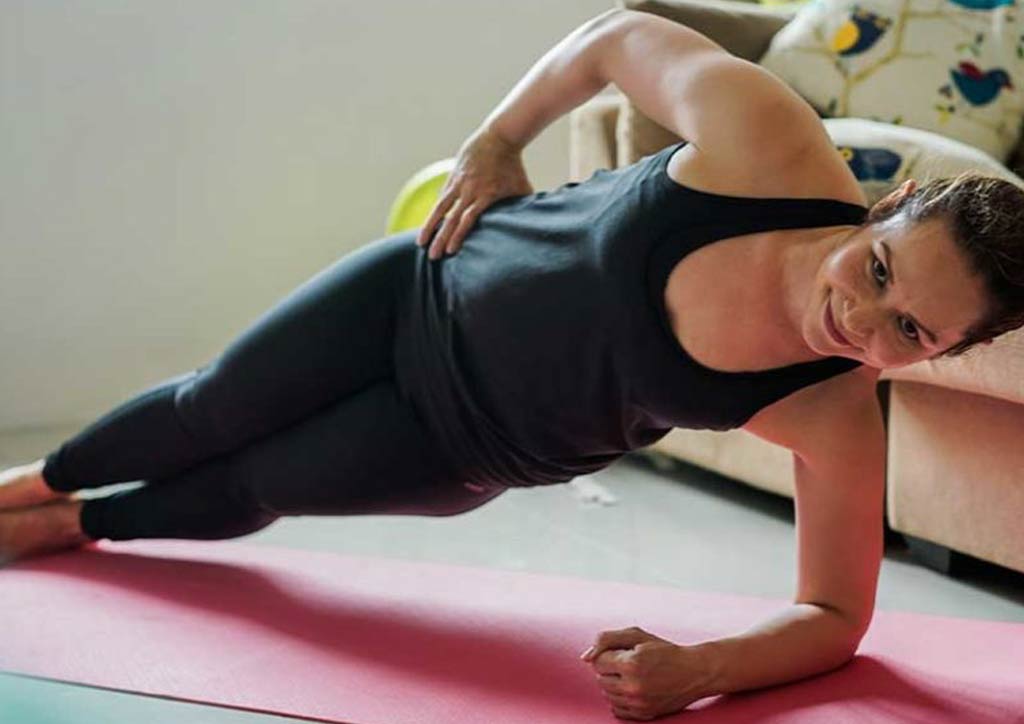Everything You Need To Know About Diastasis Recti
Postpartum Core Rehab Specialist and functional fitness coach Mindy Lagdameo of MamaFitPh drops major truth bombs about diastasis recti
Finding it harder to get back into shape postpartum? Has it been one year since you’ve given birth but your “belly” isn’t going away? There’s a big chance you have diastasis recti. But guess what — with proper exercise and diet, there’s a good chance you’ll get your pre-baby bod back. Here’s what you need to know about diastasis recti.
What is diastasis recti?
Diastasis Recti (DR) is the separation of the rectus muscles (also known as your 6 pack) that happens to all women during pregnancy. The connective tissue between the 6 pack muscles stretches out to allow for the bump to grow. After delivery, this connective tissue remains stretched out, and the abdominal muscles become extremely weak.
67 percent of all women still retain some degree of diastasis even years later. Weight gain, poor posture and incorrect movement and exercise are some factors that contribute to the reason why so many women still retain some separation and imbalance later on.
How can you tell if you have DR?

DR usually presents itself through certain symptoms like the following:
– back and neck pain
– bloating or other gastrointestinal issues
– inability to hold pee or pee leakage when you sneeze or cough or jump
– still looking pregnant when you are not (mommy tummy that won’t go away)
– your tummy gets pointy (this is called coning) when you crunch, lift your legs, plank or lean back
You can also check if you have it by lying flat, pushing two fingers into belly button and then lifting shoulders up. If there is still space for your fingers to fit in and is deep and squishy, this is diastasis recti.
Will it ever go away?
Our body is truly amazing and is capable of so many things! DR is not something that you have to live with. You can absolutely rebuild your abs to be even stronger than before. The key to repairing or healing your DR is proper rehabilitation as soon as you find you have it.
There are many exercises available to help strengthen the abs and connective tissues, but to really restore the core, a specific type of breathing and a proper rehab program with progressive loading of the all the parts of the core as a whole is necessary. If we only work on one part of the core, this can also cause imbalance.
I have had many clients who were actually told that they could only “fix” their issue through surgery, but we have proven that wrong with my core restoration program. Surgery is the absolute last resort- and even if you do surgery you still need to do rehab to help recover.
Can you prevent diastasis recti?
There is no way to prevent DR during pregnancy, baby has to grow and our body must accommodate this! We can, however, maintain a strong core during pregnancy and limit weight gain so that the separation won’t be as big. After we give birth, there are certain movements that should be avoided so that you don’t exacerbate the separation and avoid the other symptoms or side effects of it.
Which exercises should we avoid?
– sit ups and crunches
– twisting movements like russian twist or wipers
– double leg raises
– front planks
– full push ups and burpees
– back bends
– downward facing dog
– upward facing dog
I have DR, what should I do?
Mama, don’t be disheartened! Don’t ever give in to the mentality that your body is broken and you that you need to live with it because you are a mother. This is not true! Being a mother is a superpower. You do not have to live with weakness, pain, low self esteem or loss of identity and control— You can still have your best, strongest, most amazing body even after babies. It is just a matter of giving yourself a chance and taking the right step. You are not alone in this.
Exercises you can try at home
Proper breathing is key first and foremost as this will return the mind and body connection and help reawaken your abs plus help to synergize all the parts of your core and manage pressure. Remember that the core is not only your abs— the core is made of your diaphragm, abs, back muscles, hips, butt muscles and pelvic floor.
CORE CENTRIC BREATHING
This is the first thing I always teach my clients and even just doing this for 5 minutes daily will make a big difference in how your abs feel.
— Inhale through your nose, expanding through your ribcage and belly, relaxing pelvic floor.
— Exhale through your mouth, lifting your pelvic floor, drawing navel in and hissing the breath out
Here are some exercises that are safe to be done from 6 weeks postpartum and are still effective even if you are 16 years postpartum! it is never too late to restore your core!
To get a full core assessment to help determine if you have diastasis recti and to check for severity and other core imbalances that contribute to it, book an appointment with Coach Mindy at @mamamindy.fit.

Want to join the Mamafit tribe? Mindy opens slots for her Mamafit Fix core restoration online coaching program monthly. This is safe and recommended from 6 weeks postpartum and still recommended even at 16 years postpartum!









